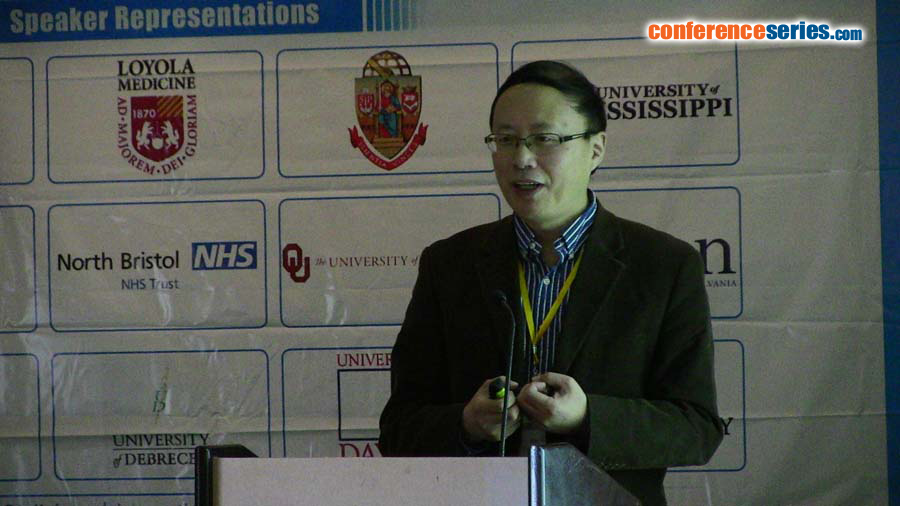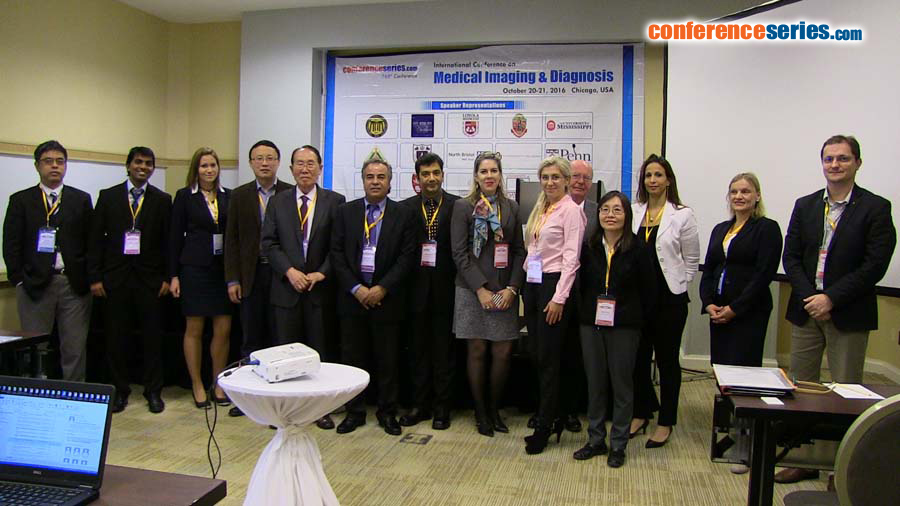
Bin Zheng
University of Oklahoma, USA
Title: Applying computer-aided detection schemes to assist predicting response of ovarian cancer patients to chemotherapy in clinical trials
Biography
Biography: Bin Zheng
Abstract
The majority of ovarian cancer cases are diagnosed at late stage and it has the highest mortality rate among gynecologic malignancies. Thus, applying effective chemotherapy is important for reducing patients’ mortality rate. A principle challenge in treating ovarian cancer is that no biomarker exists to date to reliably select treatment options, predict clinical benefit, and determine drug resistance. In our group, we developed and tested several computer-aided detection (CAD) schemes, which aim to more accurately predict response of ovarian cancer patients to chemotherapy at an early stage using CT images acquired either pre-therapy, post-therapy or both. In this presentation, I will discuss 4 recent studies, which include (1) developing a B-spline based deformable image registration scheme to automatically detect more tumors that have significant volume and density changes depicting in pre- and post-therapy CT images, (2) segmenting targeted tumors and quantifying image feature change between the pre- and post-therapy CT images, (3) detecting non-tumor based quantitative image features and (4) testing the feasibility of using tumor image features computed from pre-therapy CT images only to predict progression-free survival (PFS). From our experimental results, we made following observations. First, using CAD schemes, we enabled to detect more clinically-relevant tumors that have impact on PFS. Second, it is feasible to predict PFS of patients who participated in the clinical trials at an early stage (i.e., 6 weeks after starting therapy). Third, quantifying some non-tumor (i.e., adiposity) features can play a useful role to predict patients’ PFS. Last, using tumor features computed from pre-therapy CT images only also provide discriminatory information to predict PFS.
However, using the features difference computed pre- and post-therapy CT still yielded higher prediction accuracy. In conclusion, we demonstrated that applying CAD schemes has potential to assist developing more effective personalized cancer treatment strategy in the future.




